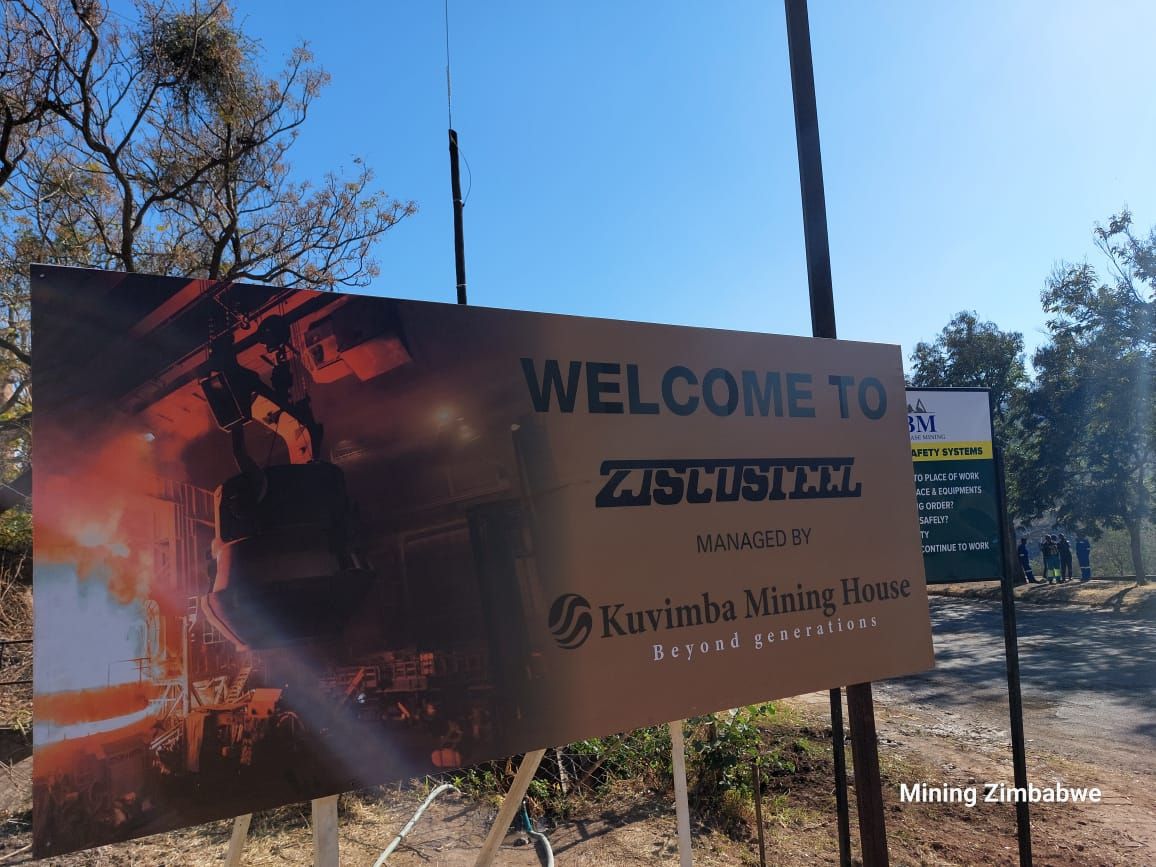The effectiveness of mining Closure plans

Sudden closure or closing of Mines without a proper closure strategy can bring about a host of challenges to stakeholders and communities which includes but are not limited to a rise in poverty, deterioration of living standards, increase in outward migration, emergence of crime and diseases, decline in the provision of services, reduction in employment opportunities in the mine and second-order employment, loss of foreign exchange and limited money circulation.
Rudairo Mapuranga
Closure plan development includes in-house specialists such as senior management, mine engineering, environment, external affairs, legal and financial staff. This internal team, frequently led by consulting specialists to assist in “workshopping” the risks and opportunities presented by integrated closure planning, can come out of the closure planning process with stronger working relationships and a better understanding of the business.
Mine closure planning involves planning effectively for the after-mining landscape that is all activities required before, during, and after the operating life of a mine that is needed to produce an acceptable landscape economically.
Increasing public expectations for environmental protection and the increasing value of the natural environment as recreational space will continue to drive regulatory requirements and mining practices in the future. Mine closure planning has been and in many cases still is, left until near the end-of-mine life, often leaving little time, financial provision and/or resources for effective closure planning and decommissioning. This has resulted in many Mines in Zimbabwe shutting down and leaving a lot to be desired for the communities involved. Mining town such as Shurungwi, Mashava and Mvuma are perfect examples of poor mining closure towns.
Although it is not easy to specify when the closure of the mine should occur (since this decision is influenced by several factors such as the market price of the metal or the cost of mining), all mines benefit from having a closure plan that is fully integrated and updated in the general business plan, that assumes a realistic cost and that establishes the time to run it.
The Shutdown of Mines like Shabane Mines, Mashava Mines, Mhangura Mines, and ZISCO among others brought above negative effects to the growing towns which included deteriorating infrastructure and the end of sporting activities. Currently, Gaths Mine Stadium which used to be one of the best stadia in the country has deteriorated due to the closure of Gaths Mine and King Mine in Mashava.
To deal with such challenges caused by mining closure, Mine closure planning has to be done at the starting point of the mining operations and needs periodic review and revision during its life cycle to cope with the market due to geotechnical constraints, safety and economic risks, social and environmental challenges.
Social and economic benefits of a comprehensive closure plan
The social and economic benefits of closing a mine are usually significant and underline the importance of early preparation. A wide variety of alternative uses for mined lands is available including adapting post-closure landscapes for forestry, agriculture or wildlife habitat, or use of land for recreational purposes. Some post-closure land uses have the possibility of generating economic benefits which could potentially facilitate transfer of the site to a third party once closed or provide for ongoing post-closure operating and maintenance costs.
Gaths Mine which use to be one of the biggest asbestos producers is now housing Great Zimbabwe University (GZU) Arts and Commerce campuses. If a relative plan was in place for the closure of the mine, one of the infrastructures that are now useless for example Gaths Mine Stadia could still be in use and will have been developed for University sports.
Closure strategy at Zimbabwe Iron and Steel Company (Zisco)
To ensure that stakeholders are not going to be affected by the closure of their mine and Mining value chain business as was the case from the period 2008 when the company shut down due to different reasons. Zisco is planning to develop a comprehensive closure strategy that will see through all problems created by a sudden shutdown of the mining value chain company.
Speaking to the media on the sidelines of the ZISCO Steel media tour in Redcliff last month, the company body Chairman Engineer Martin Manuhwa said his company was working to establish a strategic and comprehensive closure plan that will ensure that stakeholders are not affected by an unplanned closure.
“Our approach is from cradle to cradle, so as we design the new systems, we must also have a demolition plan and recycling plan. As Zisco we believe in the circular economy where most of the scrap is recycled. There will be no waste as we go forward, we really believe in the circular plan and we will make a strategic and comprehensive closure plan after the feasibility study to ensure that mine closure minimally affects stakeholders,” Engineer Manuhwa said.
Engineer Martin Manuhwa said part of the closure strategy is to ensure that workers will not be owed money by the company after closure as was the case with the Shutdown of the iron mining, Steel manufacturing and value addition company.
Conclusion
It should be noted that planning for mine closure is a complex process because it encompasses the decommissioning project, land rehabilitation, post-closure monitoring, and the necessary provisions for future land management after the mining cycle is complete.
Mining companies must however prioritise responsible closure of their mines – as responsible and compliant mine closure is good for business and society. There is potential for industry collaboration and innovation to support well-planned mine closures that ensure the sustainability of local communities and the natural environment.



